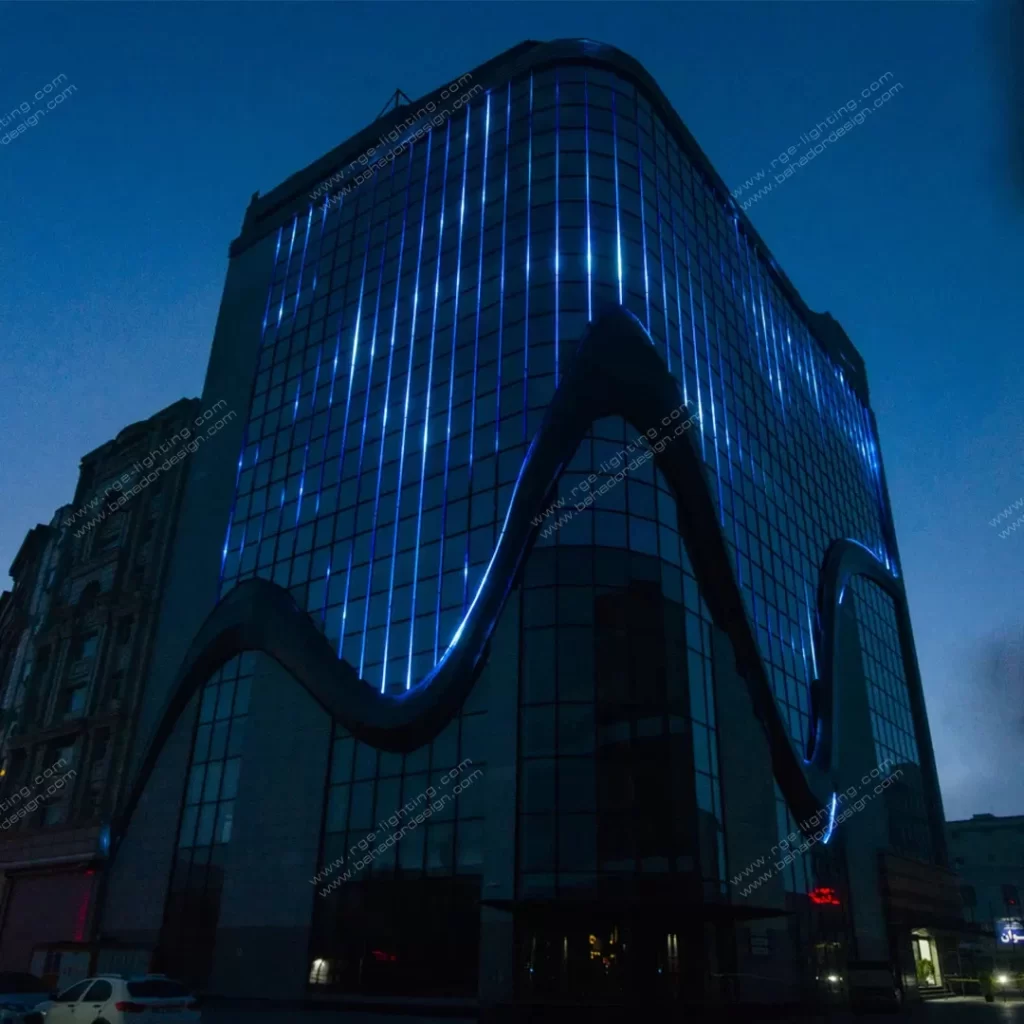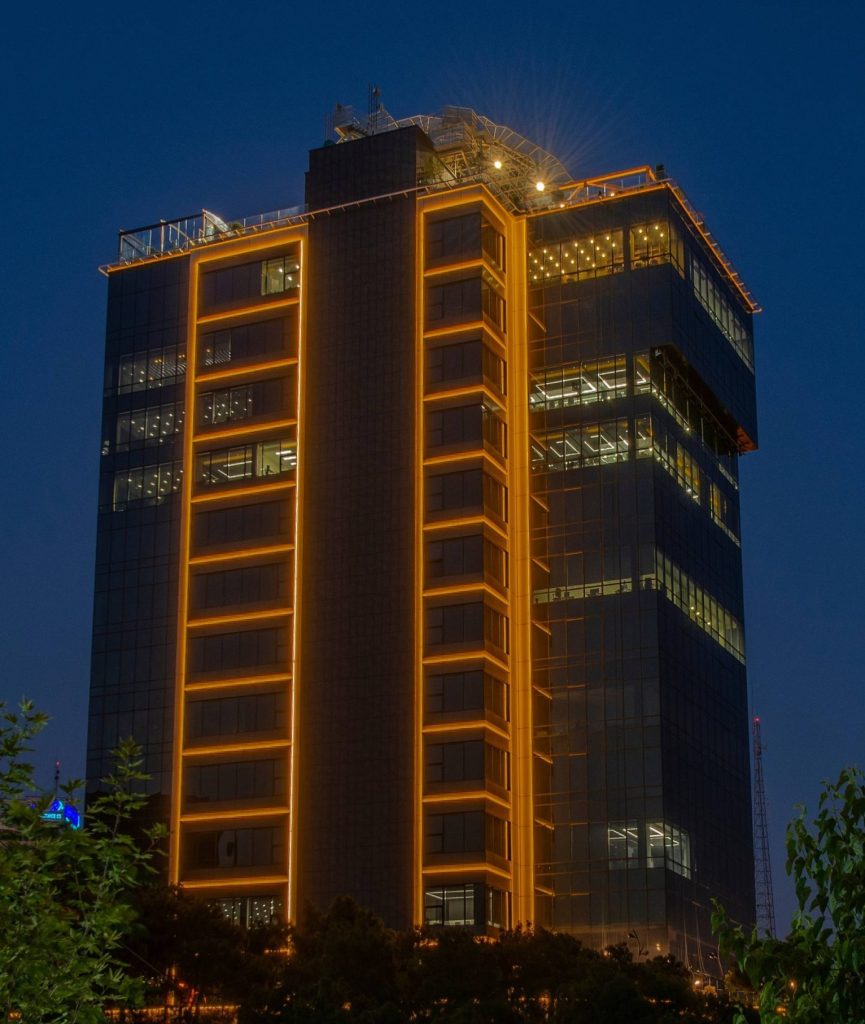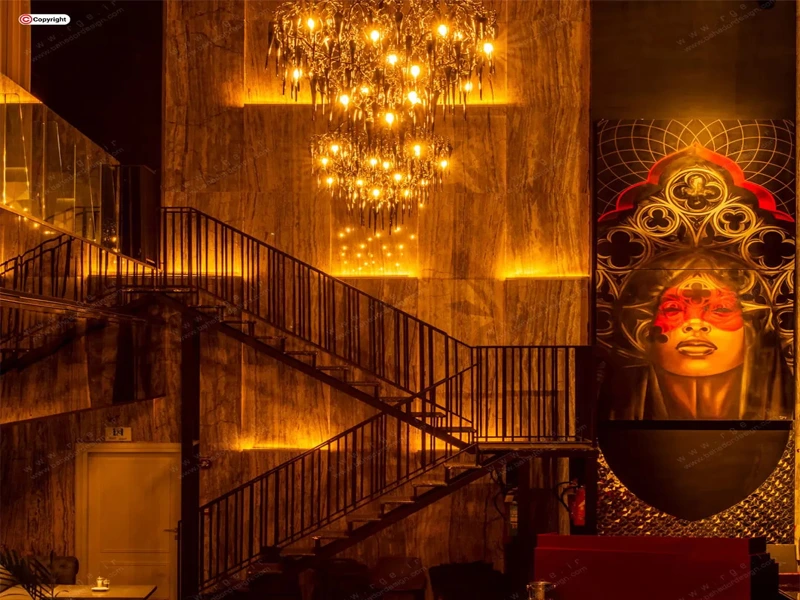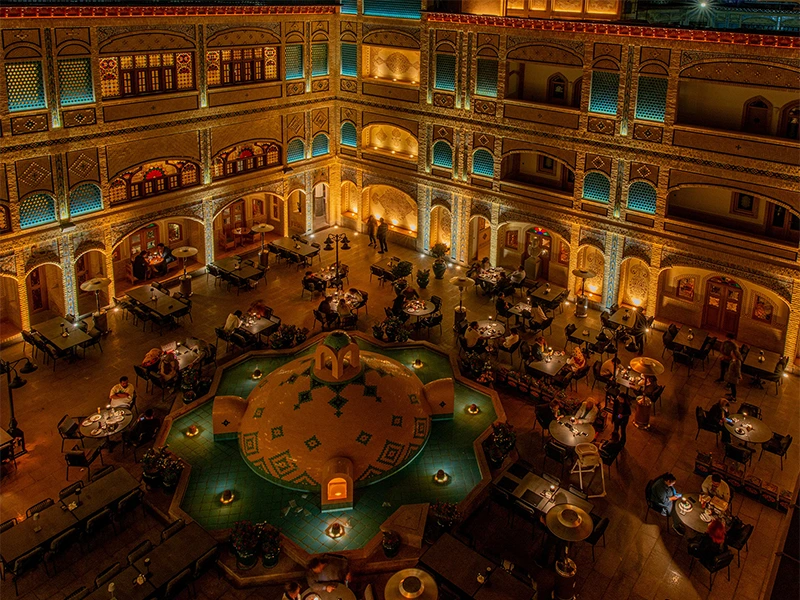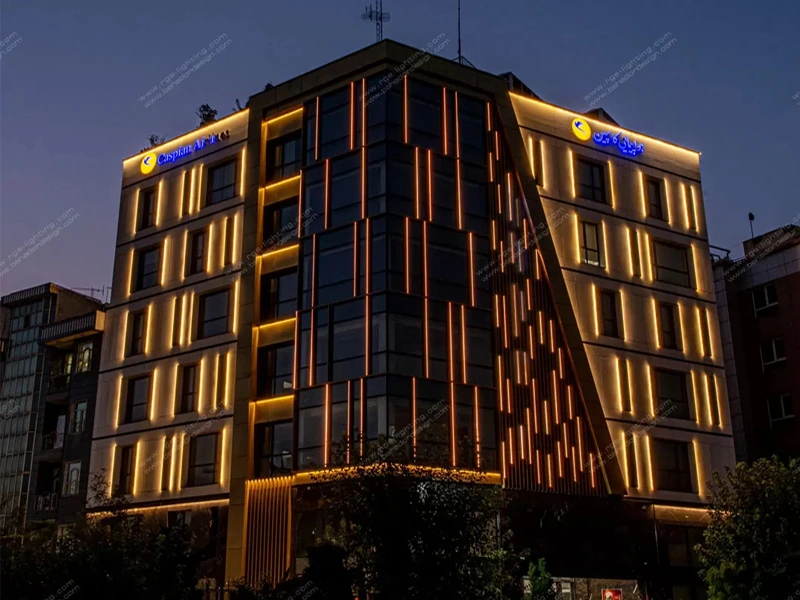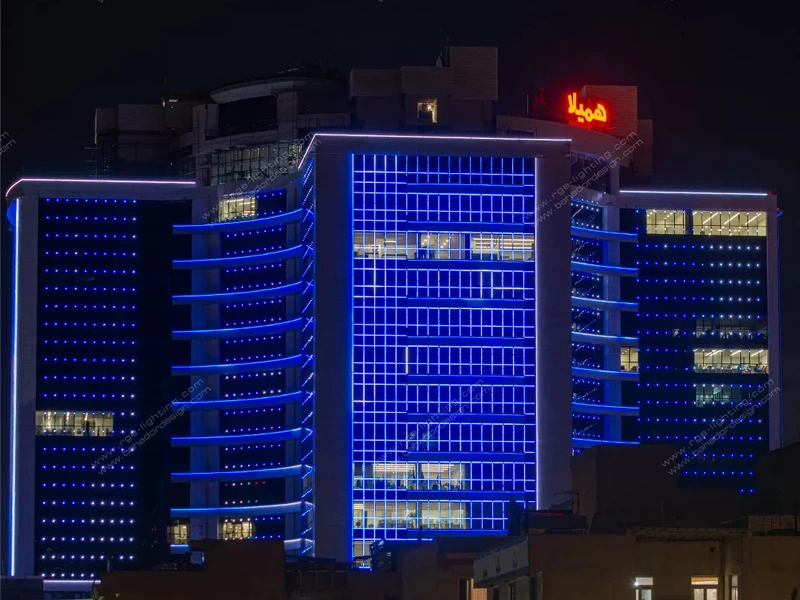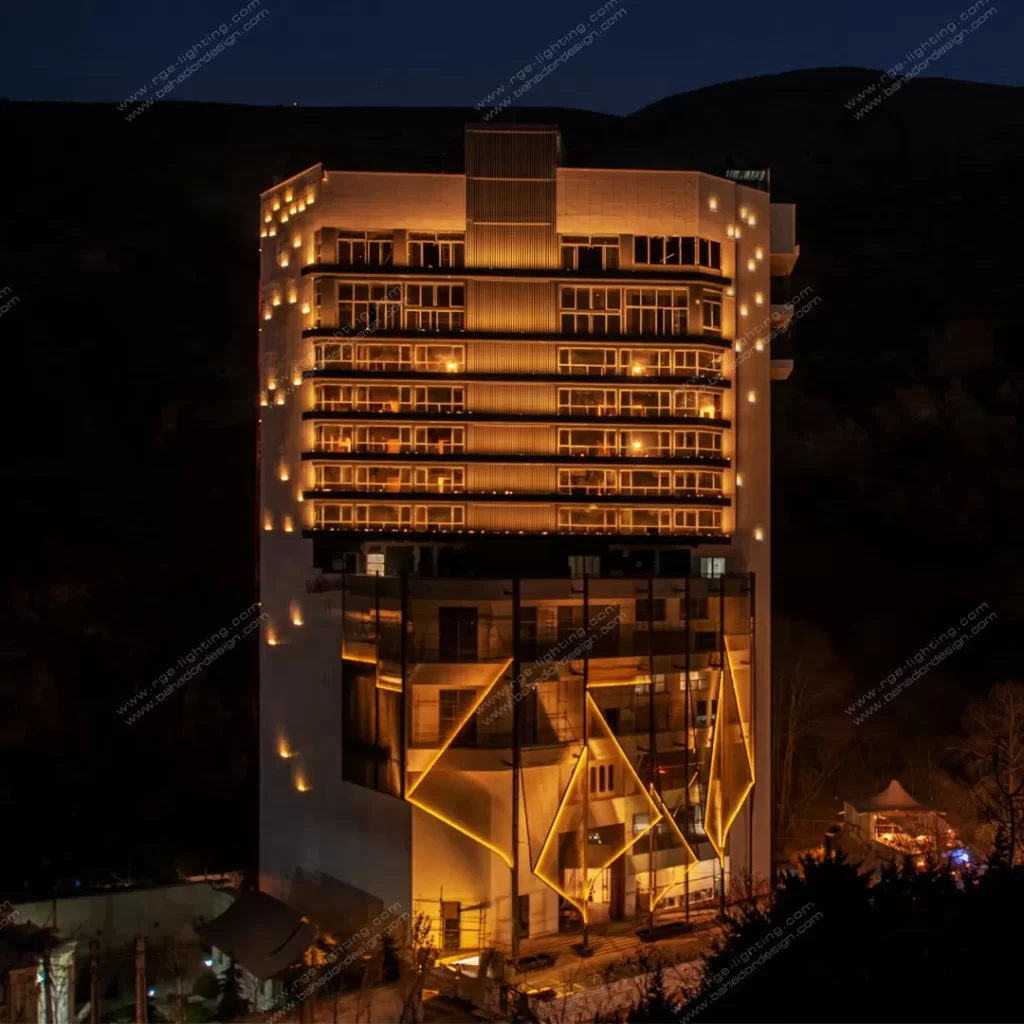Your cart is empty!
In the modern architectural world, lighting is not only used for illumination but also plays a significant role in creating artistic and distinctive effects on a building’s facade. Facade lighting design can be executed using various methods and techniques, each having a unique impact on the appearance and atmosphere of the space. Understanding these methods helps architects and designers choose the most suitable lighting style for the type of building.
One of the most common approaches is direct lighting, where the light source shines directly onto the desired surface. This method is typically used to highlight specific parts of the facade, such as columns, window frames, or architectural decorations.
In contrast, indirect or reflected lighting produces a softer and more uniform glow, making it ideal for large surfaces or minimalist facades. Linear lighting is another popular method, which uses LED strips along the building’s vertical or horizontal lines. This technique is especially effective for modern buildings with clean, simple lines. Spotlighting focuses concentrated beams on particular points to emphasize key features and significantly enhance the visual appeal of the facade.
There is also decorative lighting, where light itself serves as an ornamental element. This type of lighting is often used in commercial spaces or shopping centers and combines various colors and patterns to attract attention.
Ultimately, selecting the appropriate lighting method depends on multiple factors such as architectural style, material type, building location, and the designer’s goals. Smartly combining several techniques can create a unique and balanced facade that is both visually striking and functional.

